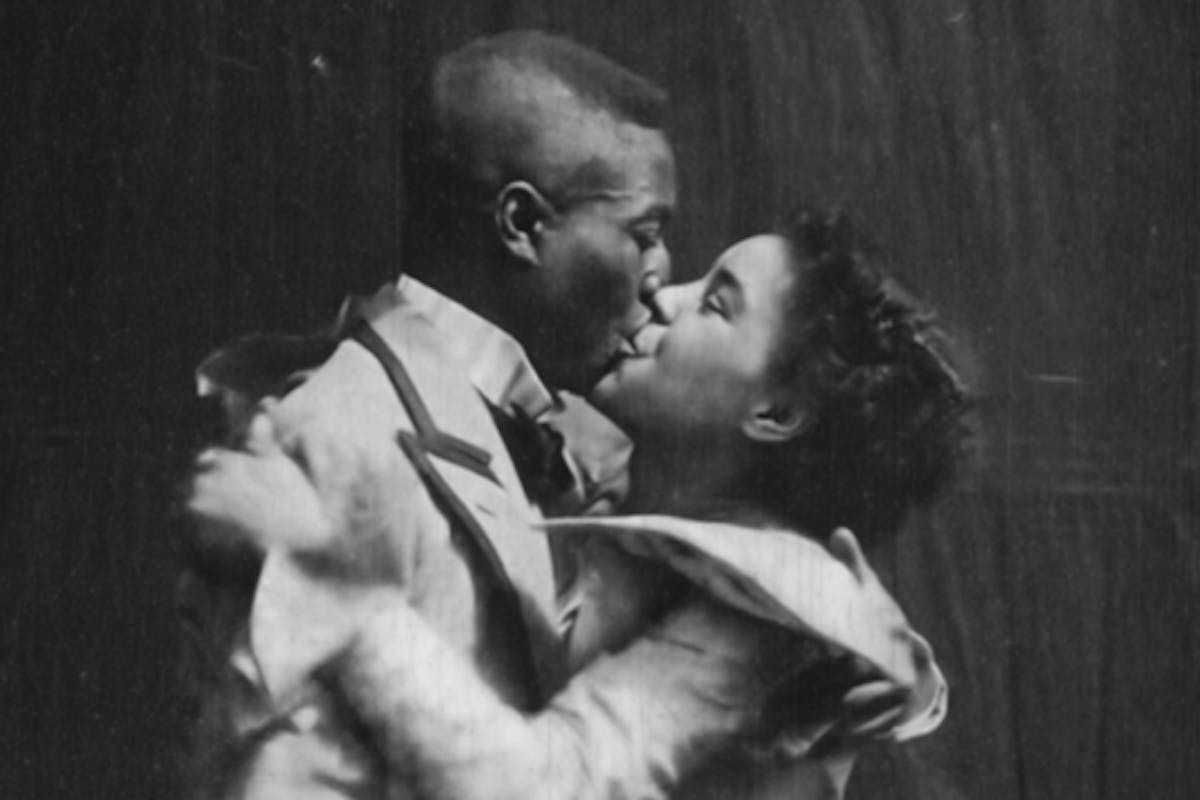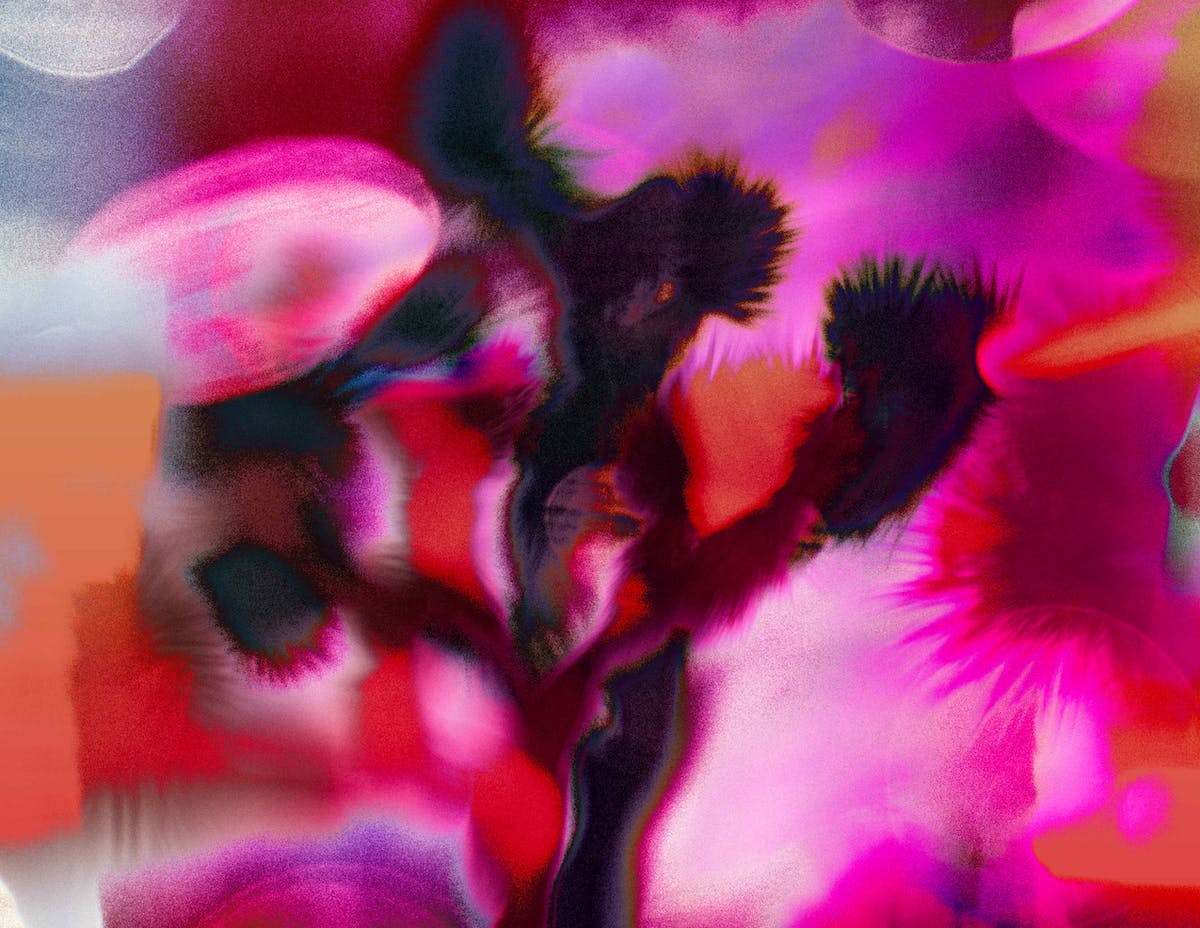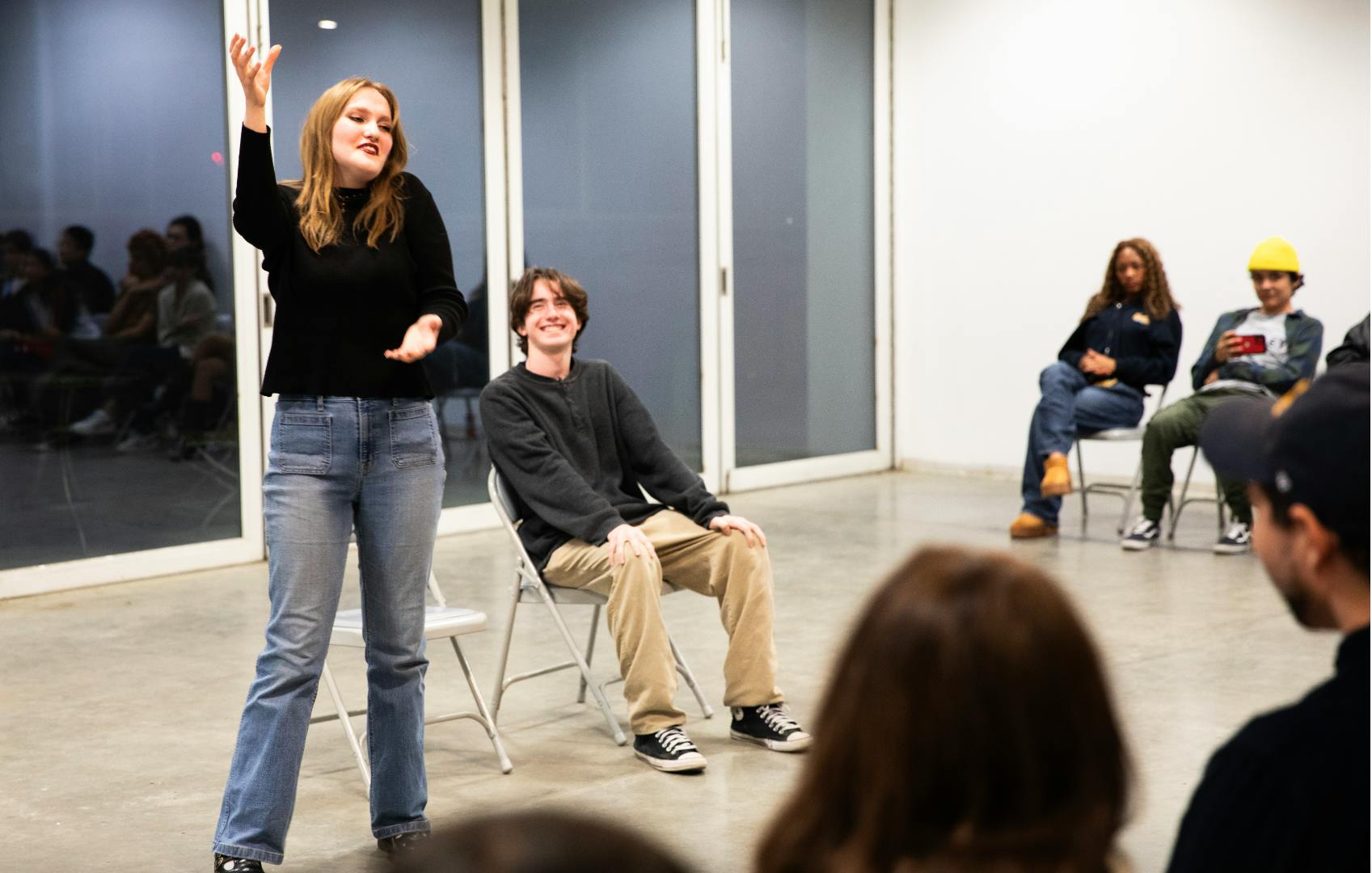A Rich History: Ellen Scott reflects on her contributions to 'Rengeneration,' the Academy Museum's latest exhibition

When “Regeneration: Black Cinema, 1898-1971” opened in August as the Academy Museum of Motion Pictures’ second non-permanent exhibition since its September 2021 launch, it was the result of careful planning and preparation years in the making. UCLA TFT’s Cinema and Media Studies Professor Ellen C. Scott, whose expertise spans African American cultural history, film and media theory, has the distinction of being one of three academics chosen from around the country to serve as an advisor for the exhibition, which explores the rich history of Black participation in American cinema from its beginnings to just beyond the civil rights movement. Scott, the author of Cinema Civil Rights: Regulation, Repression and Race in the Classical Hollywood Era (2015), recently reflected on her time with the exhibition, which runs through April 9, 2023, and shared her enthusiasm for what this important collection represents.
How did your involvement with "Regeneration" begin?
I was approached by the Academy to be one of the advisors because one of the curators of the exhibit, Doris Berger, was familiar with my work. The other two academic advisors, Jacqueline Stewart [who is now the president of the Academy Museum], Michael Boyce Gillespie and I met several times with the other advisors, including Ava DuVernay, Shola Lynch, Charles Burnett, Ron Magliozzi and Rhea Combs, to help shape the conversation around what belonged in an exhibit like this and to come up with a rubric that demonstrated how the exhibit would be put together.
What were some of your contributions?
I was an early writer on the “soundies,” these three-minute jukebox films that played on what looked like tall television sets in drugstores and diners, and which generally haven't been talked about much. I’m happy that they play a role in this exhibit. One of Dorothy Dandridge’s earliest on-screen performances was on a soundie.
What is their larger significance?
In these films you saw a different side of Black life; you saw much deeper into some of the regions and realms that challenge respectability politics, but on a more basic level, you also got to see some of your favorite musicians performing, so even people who couldn't afford to see these musicians in person were still able to see them. It was one of the things I really wanted to see in the exhibit, and it’s really exciting that it ended up there. I’ve also written about Powell Lindsay. I think I'm the first person to have written about him; he was a Black filmmaker whose films have been thought lost for a long time, but we were able to discover some of them, such as That Man of Mine (1946), at the Library of Congress. One of Powell Lindsay’s posters shows up in the exhibit, too. That was gratifying because that reflected some of the work that I've done but also of the broader scholarship in the field and where the field has gone in the last five years. In this exhibition, you really do get a different vantage on Black participation in Hollywood and race films than we've seen before.
When did the planning for "Regeneration" begin?
The work of the advisory committee began in June 2017. There were delays in the opening of the museum (the museum was originally slated to open in 2017; it was further delayed by the pandemic). In hindsight, they only helped the exhibit become richer because of a lot of what was going on nationally, in terms of conversations about race and representation. The curators of the exhibit, Doris and Rhea, both of whom are academics themselves, have approached this from a vantage point of valuing the stories that have not been told. Rather than recycling stories we already know, they were really focused on turning over new information and using the exhibit as a platform for innovation and scholarship.
Given your expertise, I’m guessing there wasn’t much information that wasn't new to you, though.
Not really, but I do think this exhibit goes well beyond what is researched in scholarship. I didn't know much about the work of Sam Lucas, who was the first African American to play Uncle Tom in Uncle Tom's Cabin [on stage and later in film]. In the exhibition, they delve into that and look at his performances in vaudeville. There's a way in which the exhibit is lacing a discussion about African American performance and other kinds of performance spaces into the discussion of film.
How?
Many of the actors and actresses of the early cinema of course came from the stage and early films ran on programs that also included vaudeville. The museum uses the immersive qualities of the gallery to remind the visitor of the imbricated nature of cinema with theater culture through figures like Lucas but also through images of Fredi Washington performing in the Cotton Club that were seen in the short Black and Tan Fantasy (1929). Many African Americans depicted in films were also well-known musical performers in their own right.
What are some elements of the exhibition that stand out to you?
It's a real mix of materials! There are movie posters, of course; there's a three-screen film installation by Isaac Julien called “Baltimore”; there are other works of art that reflect on various aspects of Black film history and of segregation as a part of that reality. My favorite element in the exhibit is this wonderful display that features the home movies of Cab Calloway, Josephine Baker, and the Nicholas Brothers. One of the brothers, Harold, was married to Dorothy Dandridge for a time, so she's also seen in those home movies. It’s a real treasure because you get to see these figures, who have read in a certain way on the Hollywood screen, through a very different lens. In the augmented reality section, there's an unmarked wall of fame, and to find out who these people are, you scan the QR code next to each picture to read their biography. It was fun to see how many of those faces I knew; there were a few people I didn't know, and I was excited to learn about them.
I also really like that they begin the exhibition by talking about Something Good — Negro Kiss, which is a recently rediscovered motion picture from 1898 that focuses on Black intimacy and Black love. It became a real Twitter phenomenon during the pandemic; major Hollywood stars like Viola Davis commented on the value of these older images in showing a different side of what the screen showed in the early cinema. The exhibit does a really nice job of weaving in contemporary discourse and things that have been recently taken up; and announcing why the issues it’s putting forward are important in the present.
I wonder how much of the general population knows that there is a rich history of Black film.
I agree, it is a lesser-known fact. It was much more prolific and active during the silent era when it was less expensive to make films. When the sound era began, many Black filmmakers stopped making films but then there were quite a few that picked up in the late 1930s including, importantly, George Randol, who I don't think enough is known about. Randol had a career as a musician, touring the country as a concert singer in the early 1930s and then later starred as an actor in Anna Lucasta on Broadway. In the mid 1930s he somewhat abruptly decided to throw his weight behind a film venture, partnering with then Fox studio actor and Harlem Apollo performer Ralph Cooper to form a film company. Though they produced only one film, Dark Manhattan (1937) was a triumph not only in terms of its production values and quality but also in terms of being one of the first films made for Black audiences in Hollywood. Randol and Cooper were able to make it during off hours on a Hollywood lot. This model for Black Hollywood filmmaking would later be followed by white filmmakers seeking to make high quality pictures for Black audiences, like Harry and Leo Popkin. But Randol was the first and showed it could be done. He was in many ways the founder of Black Hollywood.

